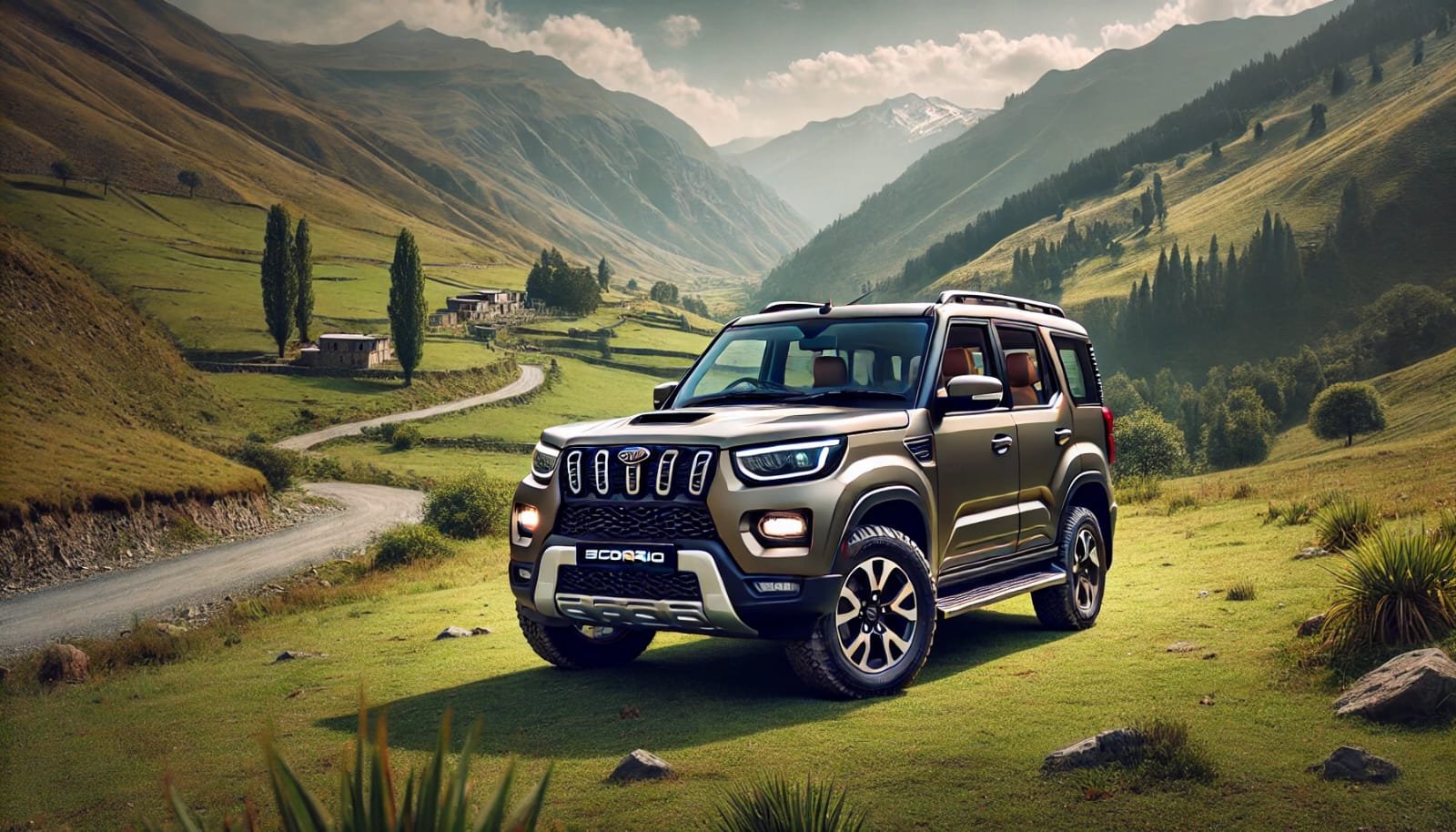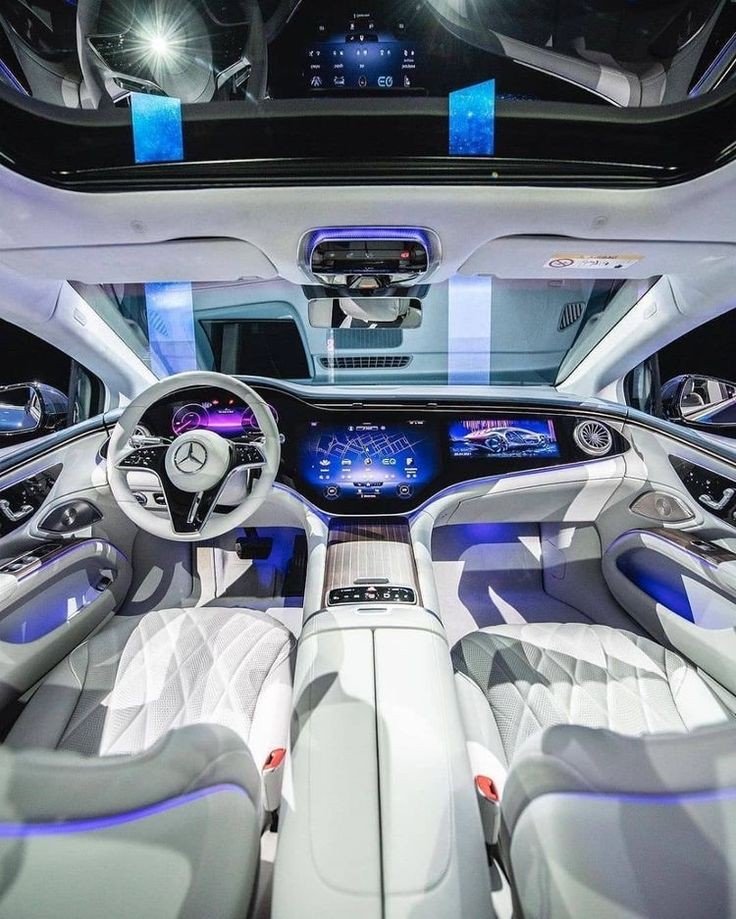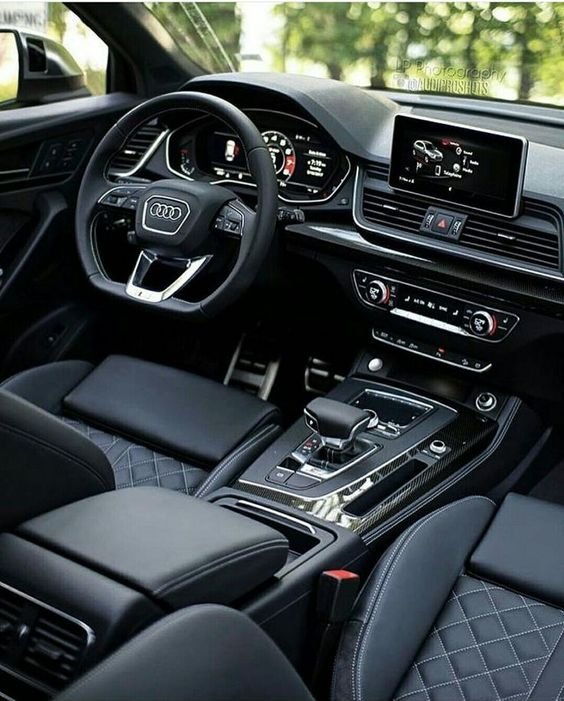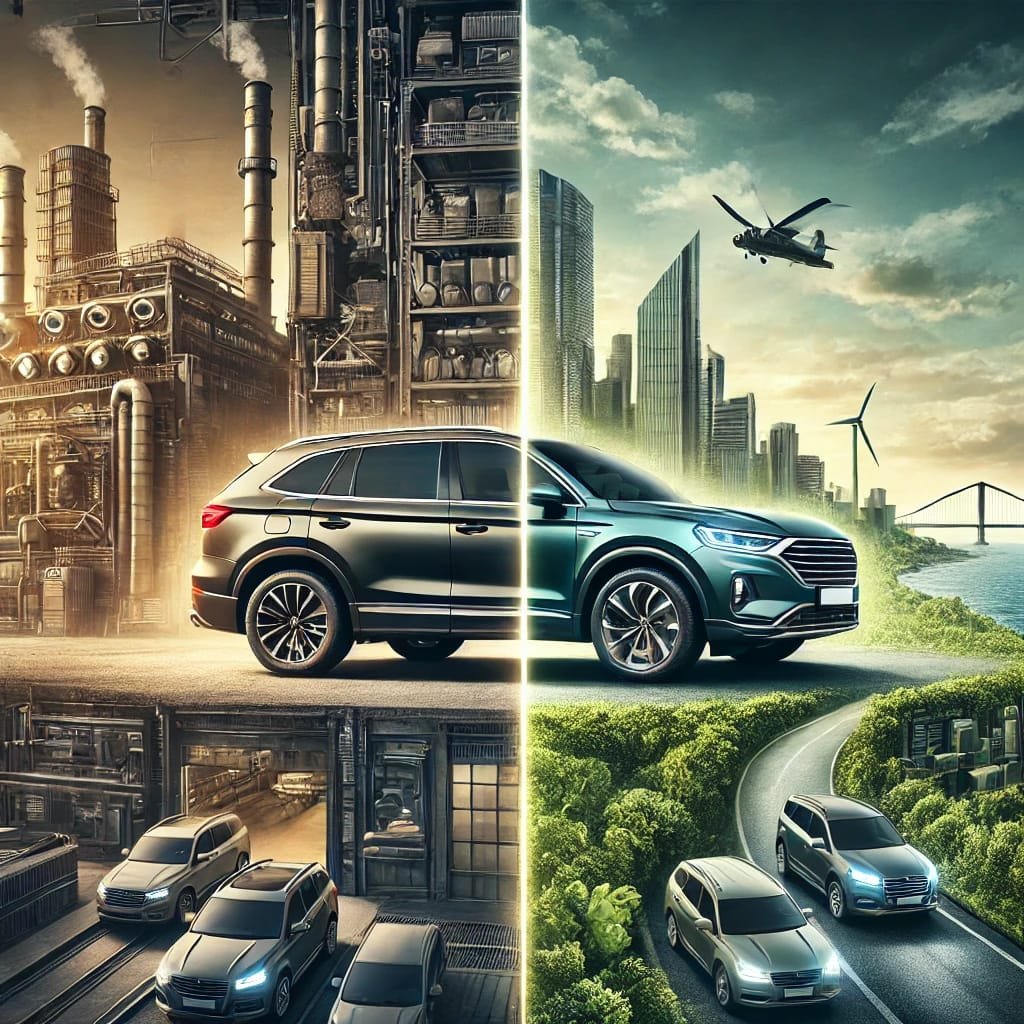
The decision to buy a car is a significant financial commitment, and one of the first choices potential buyers face is whether to purchase a new or used vehicle. Both options have their own set of advantages and disadvantages, and the best choice depends on a variety of factors, including budget, personal preferences, and specific needs. This article explores the pros and cons of buying a used car compared to a new car, helping potential buyers make an informed decision.
Advantages of Buying a Used Car
1. Lower Purchase Price
One of the most significant advantages of buying a used car is the lower purchase price. Used cars are generally much cheaper than new ones, allowing buyers to save a considerable amount of money. The lower initial cost also means that buyers can often afford a higher-end model or a vehicle with more features than they could if they were buying new.
2. Reduced Depreciation
Depreciation is the decrease in a car’s value over time. New cars experience the most significant depreciation during the first few years of ownership, often losing 20-30% of their value within the first year alone. By purchasing a used car, buyers can avoid this steep initial depreciation, as the vehicle’s value has already stabilized. This means that if they decide to sell the car later, they are likely to recover a more significant portion of their initial investment.
3. Lower Insurance Costs
Insurance premiums for used cars are generally lower than those for new cars. Since the value of a used car is lower, the cost of comprehensive and collision coverage is also reduced. This can result in significant savings on insurance premiums, especially for vehicles with higher replacement costs.
4. Lower Registration Fees
In many regions, vehicle registration fees are based on the car’s value and model year. As a result, registration fees for used cars are often lower than those for new vehicles. This can lead to additional savings over the course of ownership.
5. Availability of Vehicle History Reports
With the advent of vehicle history reports, buyers can access detailed information about a used car’s past, including any accidents, service records, and previous ownership. This transparency allows buyers to make more informed decisions and reduces the risk of purchasing a vehicle with hidden issues.
6. Wider Selection of Models
When buying a used car, buyers have access to a broader range of models and years. This variety allows them to choose from a wider selection of vehicles that may no longer be available as new models. Additionally, some buyers may prefer older models with features or styling not present in newer versions.
Disadvantages of Buying a Used Car
1. Limited Warranty Coverage
One of the primary drawbacks of buying a used car is the limited warranty coverage. While new cars come with comprehensive warranties that cover repairs and maintenance for a specified period, used cars may have expired warranties or limited coverage. This means that buyers may need to pay for repairs out of pocket, which can be costly.
2. Potential for Hidden Issues
Even with a vehicle history report, there is always a risk of purchasing a used car with hidden issues. These problems may not be immediately apparent and could lead to expensive repairs down the line. It is essential to have a used car inspected by a trusted mechanic before purchase to minimize this risk.
3. Higher Maintenance and Repair Costs
As cars age, they are more likely to require maintenance and repairs. Used cars, especially those with higher mileage, may need more frequent servicing and replacement of parts. This can result in higher maintenance and repair costs compared to a new car, which is less likely to experience issues early in its life.
4. Limited Customization Options
When buying a used car, buyers are limited to the features and options available on the vehicle at the time of purchase. Unlike new cars, where buyers can choose specific features, colors, and packages, used cars come as-is. This limitation may be a drawback for those looking for specific features or configurations.
5. Older Technology and Features
Used cars may lack the latest technology and features found in newer models. This can include advanced safety features, infotainment systems, and fuel-efficient technologies. For buyers who prioritize having the latest advancements, a used car may not meet their expectations.
Advantages of Buying a New Car
1. Full Warranty Coverage
One of the most significant advantages of buying a new car is the comprehensive warranty coverage. New cars typically come with manufacturer warranties that cover repairs and maintenance for a specified period or mileage. This coverage provides peace of mind and can save buyers money on potential repairs.
2. Latest Technology and Features
New cars come equipped with the latest technology and features, including advanced safety systems, infotainment options, and fuel-efficient engines. Buyers who prioritize having the newest innovations and conveniences will find new cars appealing. Additionally, new vehicles are more likely to comply with the latest emissions and safety standards.
3. Customization Options
When purchasing a new car, buyers can choose the exact configuration they want, including color, trim level, and optional features. This level of customization allows buyers to tailor the vehicle to their preferences and needs. Additionally, buyers can select the latest model year, ensuring they get the most up-to-date version of the vehicle.
4. Lower Maintenance Costs
New cars generally have lower maintenance costs in the early years of ownership. With fewer miles on the odometer and newer components, new vehicles are less likely to require repairs. Additionally, many new cars come with complimentary maintenance packages, further reducing the cost of ownership.
5. Higher Resale Value
While new cars experience steep initial depreciation, they often retain higher resale value compared to used cars. Buyers who plan to sell or trade in their vehicle after a few years may find that new cars offer better return on investment. Additionally, new cars may attract more buyers due to their newer technology and lower mileage.
6. Enhanced Safety and Reliability
New cars benefit from the latest advancements in safety and reliability. Manufacturers continually improve safety features, such as advanced driver-assistance systems (ADAS), airbags, and crumple zones. Additionally, new cars undergo rigorous testing and quality control, ensuring a higher level of reliability compared to older models.
Disadvantages of Buying a New Car
1. Higher Purchase Price
The most apparent disadvantage of buying a new car is the higher purchase price. New vehicles can be significantly more expensive than their used counterparts, making them less accessible to buyers on a tight budget. Additionally, the cost of taxes, registration, and insurance is often higher for new cars.
2. Rapid Depreciation
New cars experience the most substantial depreciation during the first few years of ownership. As soon as a new car is driven off the lot, its value drops significantly. This rapid depreciation can result in a substantial loss of value, making new cars a less attractive option for buyers concerned about long-term investment.
3. Higher Insurance Costs
Insurance premiums for new cars are typically higher than those for used cars. The higher value of new vehicles increases the cost of comprehensive and collision coverage, leading to higher insurance premiums. Buyers should factor in these additional costs when budgeting for a new car.
4. Limited Availability of Certain Models
While new cars offer the latest technology and features, certain models may have limited availability. Popular models may have long waiting lists or limited inventory, making it challenging to find the desired vehicle. Additionally, new models may come with untested features or potential recalls, posing risks to early adopters.
5. Higher Interest Rates on Loans
Financing a new car often comes with higher interest rates compared to used car loans. Lenders may offer lower rates for used cars due to their lower value and reduced risk. Buyers should carefully compare financing options to find the best deal for their situation.
Factors to Consider When Choosing Between New and Used Cars
When deciding whether to buy a new or used car, buyers should consider several factors:
- Budget: Determine your budget and consider all associated costs, including purchase price, insurance, taxes, registration, and maintenance.
- Needs and Preferences: Consider your specific needs and preferences, such as desired features, technology, safety, and fuel efficiency.
- Longevity and Usage: Evaluate how long you plan to keep the car and how you intend to use it. For example, a new car may be more suitable for long-term ownership, while a used car may be better for short-term use.
- Resale Value: Consider the potential resale value of the vehicle and how depreciation may impact your investment.
- Financing and Insurance: Compare financing options and insurance costs for both new and used cars to find the best deal.
- Availability and Timing: Consider the availability of desired models and any potential wait times for new cars.
The decision to buy a new or used car ultimately depends on individual preferences, financial situation, and specific needs. New cars offer the latest technology, comprehensive warranties, and customization options but come with higher purchase prices and rapid depreciation. Used cars provide significant cost savings, reduced depreciation, and a wider selection of models but may have limited warranty coverage and potential maintenance issues.
By carefully weighing the pros and cons of each option and considering the factors outlined in this article, buyers can make an informed decision that best suits their needs and budget. Whether choosing a new or used car, the key is to conduct thorough research, evaluate all options, and make a choice that provides the best value and satisfaction.
ALSO READ: Top 10 Off-Road Vehicles | Highlighting Their Features







